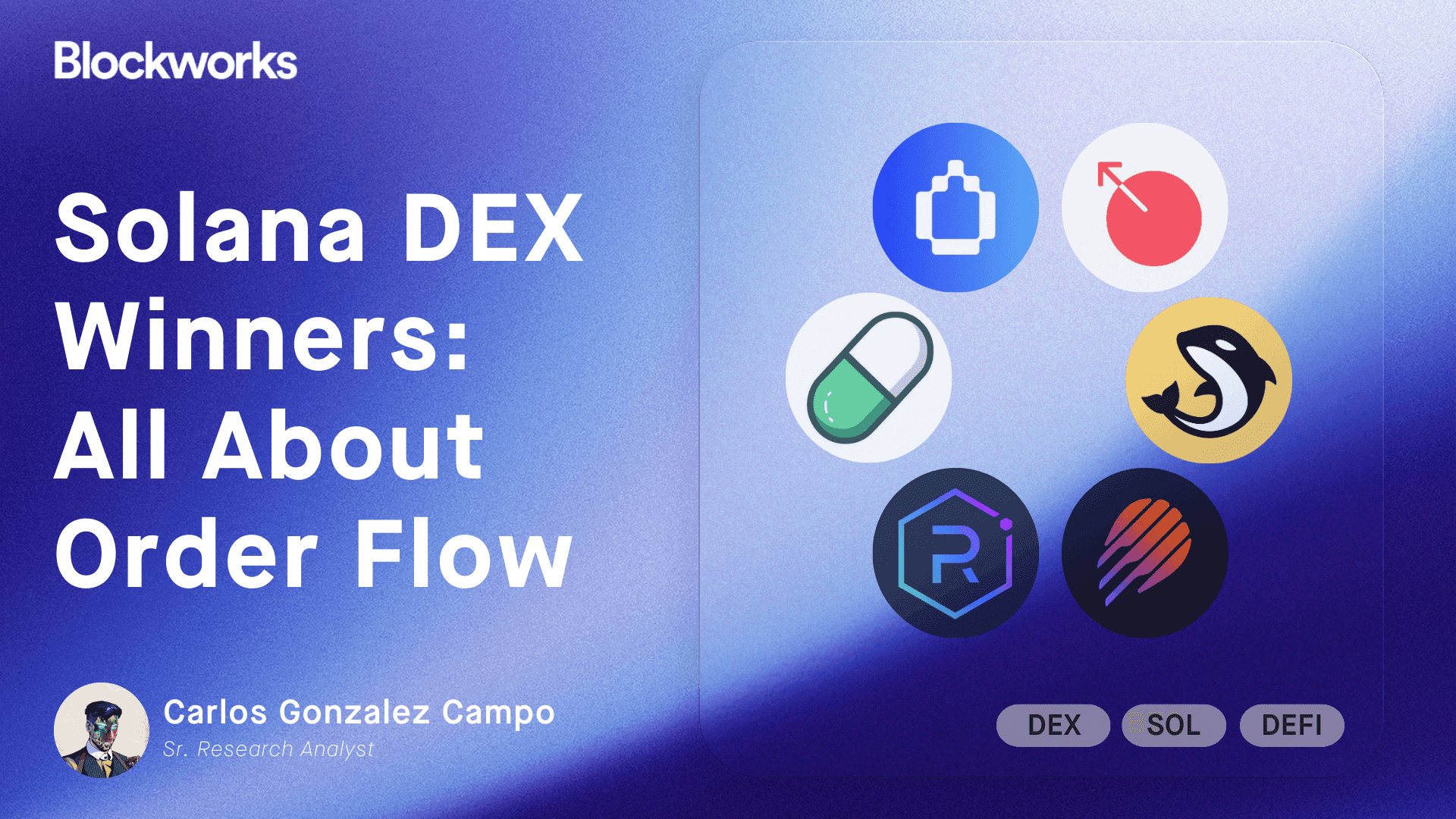Terra Turmoil Adds Fodder for Secretary Yellen’s Concerns Over Stablecoins
UST’s crash was only just beginning when Yellen appeared before senators Tuesday morning

Secretary of the Treasury Janet Yellen | Source: Shutterstock
- UST demonstrates how risky stablecoins can be, Yellen said
- The Treasury will release “comprehensive report” on cryptocurrencies and stablecoins “shortly,” Yellen said
Wednesday’s ongoing TerraUSD meltdown has brought into sharp focus the “rapidly growing risks” that US Treasury Secretary Janet Yellen voiced about stablecoins during her annual testimony on Tuesday.
As Yellen appeared before lawmakers to discuss the state of financial stability, UST was just recovering from its Monday evening plunge, only to experience a greater downturn later in the day. Overnight, things got uglier, with UST dropping as low as 26 cents.
The stablecoin, which Yellen and other lawmakers had repeatedly expressed concern about in recent months, has de-pegged from the US dollar several times this week.
“TerraUSD experienced a run and declined in value,” Yellen said.
“I think that this simply illustrates that this is a rapidly growing product and there are rapidly growing risks.”
The de-pegging of UST first began on Saturday, when large sales of UST were made via Curve Finance’s UST 3pool, an exchange liquidity pool on Ethereum, and the centralized Binance exchange. That caused a liquidity imbalance, in turn leading to further outflow, Dusan Kovacic, chief investment officer at Rockaway Blockchain Fund, said.
A number of factors exacerbated liquidity issues for the protocol, Kovacic said. Given the design of the Terra ecosystem, if there is not enough liquidity, beyond a certain point, 1 UST cannot be exchanged for $1 worth of LUNA. Arbitrageurs were buying off-peg UST (below $1) and selling it to the Terra protocol for $1 worth of Luna, immediately selling on the market for profit, he added. But that mechanism can only handle about $293 million of UST per day, due to protocol parameters set by Terra’s governance. A so-called death spiral began.
“The Terra debacle shows that there is both a huge appetite for yield and a need for better alternatives with a more robust and sustainable design,” Manuel Rensink, strategy director at Securrency, said. “We see strong opportunities for new entrants to the market of decentralized stable value.”
The sell-off comes as lawmakers in the US scramble to establish regulatory guidelines.
The Treasury will issue a “comprehensive report” on cryptocurrencies and stablecoins “shortly,” Yellen said Tuesday, as part of a request from the President’s Working Group on Financial Markets (PWG). She also stressed that Congress should be working on stablecoin legislation too, saying that it is “highly appropriate” this gets done by the end of 2022.
Regulators and lawmakers will have to parse the differences between experimental algorithmic stablecoins such as UST; overcollateralized stablecoins such as DAI and FEI, which are backed by ether; and fiat-backed stablecoins such as USDC, which hold dollars, US Treasurys and other assets outside of the crypto ecosystem.
“[With stablecoins,] we see run risks, which could threaten financial stability, risks associated with a payment system and its integrity and risks associated with increased concentration if stablecoins are issued by firms that already have substantial market power,” Yellen said. “We definitely see significant risks.”
[stock_market_widget type=”accordion” template=”chart” color=”#5D25E5″ assets=”UST-USD” start_expanded=”true” display_currency_symbol=”true” api=”yf” chart_range=”5d” chart_interval=”30m”]
Get the news in your inbox. Explore Blockworks newsletters:
- The Breakdown: Decoding crypto and the markets. Daily.
- 0xResearch: Alpha in your inbox. Think like an analyst.






